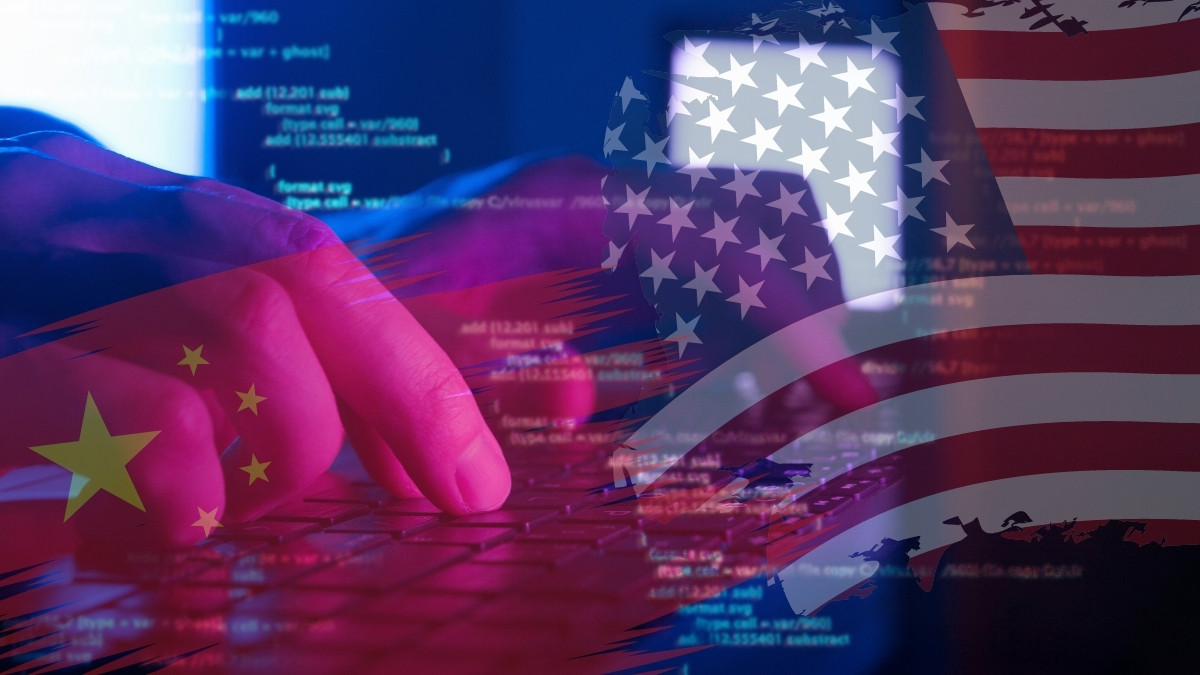In this article, we’ll delve into the mounting claims about China’s state-sponsored cyber-espionage activities, aimed at critical US infrastructure.
According to Western intelligence agencies and Microsoft, this comprehensive spying operation encompasses everything from telecommunications to transportation, with significant implications for national security.
Key Takeaways:
- The hacking group, known as “Volt Typhoon,” has been spying on various US critical infrastructure sectors.
- This large-scale cyber-espionage is said to be one of the biggest ever launched by China against the US.
- The activity has raised serious concerns among security analysts, who lack visibility on what this group is capable of.
- The group has also been targeting Guam, a strategic location home to important US military bases.
- Amid rising tensions over Taiwan, experts suggest these cyber-attacks could disrupt critical US-Asia communications during future crises.
Rejection of Allegations by Chinese Foreign Ministry
The air is filled with tension as fresh allegations of Chinese hacking activity begin to circulate.
Western intelligence agencies and Microsoft allege that a state-sponsored Chinese group, which they’ve named “Volt Typhoon,” is launching a clandestine spying operation against a range of US critical infrastructure sectors.
In the face of these accusations, the Chinese foreign ministry vehemently denies any wrongdoing.
Mao Ning, the Chinese foreign ministry spokesperson, described the allegations as a “collective disinformation campaign” orchestrated by the US and its allies.
Mao was adamant, asserting that the campaign was fueled by geopolitical motives rather than grounded in truth.
To Mao, it was a blatant expansion of US disinformation channels beyond government agencies.
The Critical Case of Guam: Strategic Military and Communications Hub
The mysterious Volt Typhoon is not only aiming at the US mainland. The beautiful Pacific Island territory of Guam has also caught the attention of these hackers.
Guam is not just any island—it’s home to strategically vital American military bases, making it a desirable target for any potential adversary.
Microsoft released a report revealing the hacking attempts on Guam. The tech giant has forewarned that managing this situation might pose significant challenges.
Security experts agree, noting that the geopolitical position of Guam and its critical communications infrastructure make it a likely target in a global conflict scenario.
Potential Risks and Impacts on Five Eyes Countries
This cyber espionage campaign doesn’t stop at the US. There’s concern that other nations within the Five Eyes intelligence-sharing alliance — Canada, New Zealand, Australia, and the UK — could also be in the firing line. With the US and its partners working overtime to identify any breaches, the stakes are high.
Microsoft analysts have expressed their “moderate confidence” that Volt Typhoon is actively developing capabilities that could disrupt critical communication infrastructures between the US and the Asia region in future crises.
Unveiling the Hacking Technique: A New Approach to Cyber-Espionage
The methods employed by Volt Typhoon are as interesting as they are alarming. Microsoft has revealed that this group is not using traditional hacking techniques, such as luring victims to download malicious files.
Instead, they are infecting the victim’s existing systems to extract data and uncover valuable information.
This use of built-in network tools to slip through defenses, leaving no trace behind, presents a unique challenge to our understanding of cyber warfare.
The NSA’s cybersecurity director, Rob Joyce, described this campaign as one utilizing “capabilities already built into critical infrastructure environments.” This approach is harder to detect and adds another layer of complexity to an already intricate situation.
The Implication for Western Interconnected Economies
The ramifications of this ongoing cyber-espionage saga could extend beyond the countries directly targeted.
With Western economies closely integrated, the ripple effects of an attack on one could easily impact the others.
Canada’s cybersecurity agency acknowledged this reality, emphasizing the interconnectedness of our infrastructure and the potential for widespread impact.
As we stand at the precipice of an era marked by escalating cyber threats, the need for a united front against such attacks becomes even more crucial.
The recognition of these new challenges underlines the need for resilience in our digital infrastructure and an unwavering commitment to cybersecurity in our interconnected world.
As these nations grapple with the threats posed by Volt Typhoon, one thing is clear: our interconnected digital world has exposed us to new vulnerabilities.
But with this exposure also comes the opportunity to enhance our defenses, invest in cutting-edge cybersecurity solutions, and forge a path that ensures the safety and security of our critical infrastructure.
Conclusion
The discovery of Volt Typhoon’s operations underscores the new frontiers of geopolitical rivalry.
With digital weaponry in its arsenal, China is said to be making its mark, warranting an increased focus on cybersecurity.
As investigations continue, nations must consider how they can safeguard their infrastructure, maintain transparency with their citizens, and strive for cyber-resilience.
 Sections of this topic
Sections of this topic
















